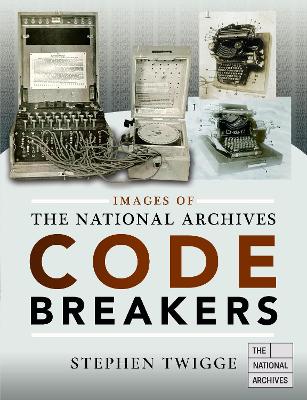Reviewed by annieb123 on
Images of The National Archives: Codebreakers is a historical pictorial collection documenting the history of Britain's codebreakers from the Renaissance on toward the modern activity of the Signal Corps during and after WW2, Bletchley Park, Turing (gets his own chapter) and the rest. Released 30th April 2020 by Pen & Sword, it's 144 pages and available in paperback and ebook formats.
The author, Dr. Stephen Twigge, is a historian at the National Archives, and definitely seems to know what he's talking about. The book is very well researched, moderately well annotated (especially for such a short book), and written in layman accessible language which is never dry or boring. The illustrations and images are the main attraction and the author does a wonderful job of explaining and illuminating without pedantry. I really enjoyed his commentary and got much more out of the illustrations by way of his explanations.
I have been a cryptography nerd since I was a little kid and grew up a maths/coding fanatic, and Turing was an early hero of mine. The author does a decent job of explaining some complex early computer science concepts which Turing was exploring, an overview of Enigma, as well as giving a brief and dispassionate biography of his life and tragic death in 1954. I really enjoyed seeing facsimile pictures of some of Turing's notes and research papers; it gave me a little chill to see notations in his own hand in pen.
The book includes a cross referenced index, bibliography, and notes. Very well illustrated and engagingly written. Four stars. This would be a superlative choice for readers interested in history. I learnt quite a lot and enjoyed paging through and seeing the documents and notes.
Disclosure: I received an ARC at no cost from the author/publisher for review purposes.
Reading updates
- Started reading
- 8 May, 2020: Finished reading
- 8 May, 2020: Reviewed
